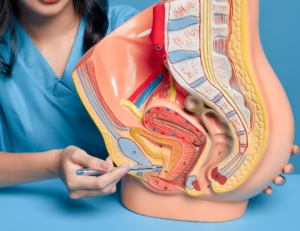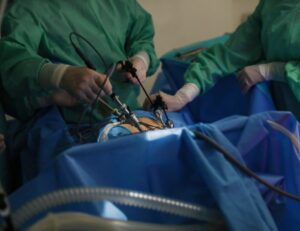Breast cancer is the second most common cancer among women in U.S. It’s also the second-leading cause of cancer death. Mammograms are the best primary tool for breast cancer screening. Regular mammograms greatly increase the chance of detecting breast cancer early. Early detection and treatment significantly increase survival rates. But going to get your first mammogram can be intimidating, not knowing what to expect. We’re going to walk you through the process and answer common questions about mammograms.
How does a mammogram work?
A mammogram is a series of low-dose X-ray images of the breast. To get a mammogram, you’ll be asked to remove your shirt and bra. A technologist will position your breast on a small platform as you stand in front of the machine. A clear plastic plate will press down on your breast. This compression helps spread out the breast tissue so the technologist can get the best possible images.
Will my mammogram hurt?
Most women do not find mammograms painful. However, the breast pressure can be uncomfortable but only lasts a few seconds. The entire procedure lasts about 15-30 minutes.
How long will it take to get the results?
When do I need to get a mammogram?
Are all mammograms the same?
No, there are two different primary types of mammograms: screening mammograms and diagnostic mammograms. A diagnostic mammogram is done to check for breast cancer after a lump or other signs have been detected. Signs include a lump, breast pain, nipple discharge, thickening of the skin on the breast, or changes in the size, appearance, or shape of the breast. A screening mammogram is a preventative measure for women who haven’t displayed any symptoms or signs of breast cancer. Both types use the same machine. The major differences between the two are the amount of radiation used and the amount of time they take. Diagnostic mammograms take longer.
At WomanCare, we believe mammograms are an amazing, essential tool to detect breast cancer early. Talk to your WomanCare OBGYN to determine how often you should be screening. We can also answer any of your questions and concerns. We want you to feel knowledgeable and confident. Be sure to let us know if you’ve noticed any signs or changes in your breast. Call us at (847) 221-4900 to schedule your appointment or get information on where to schedule your mammogram.








